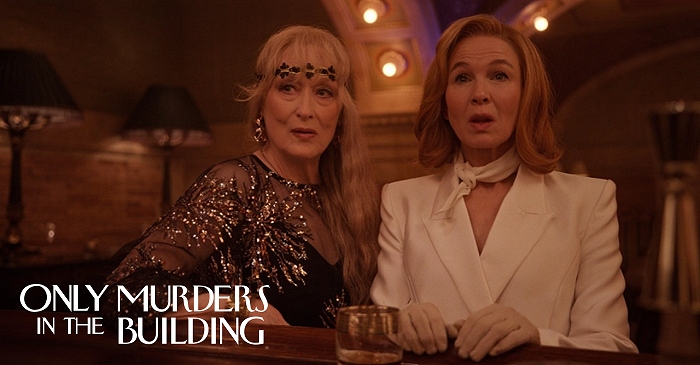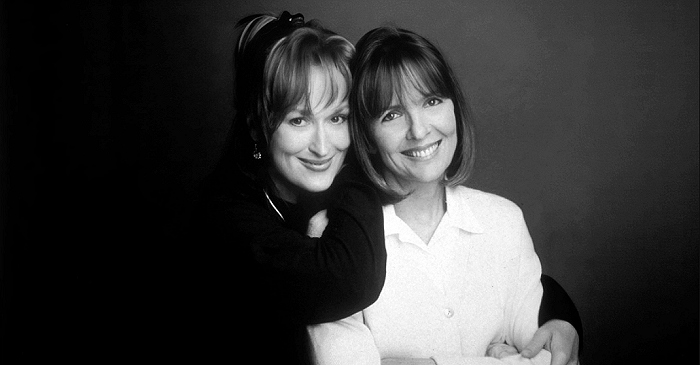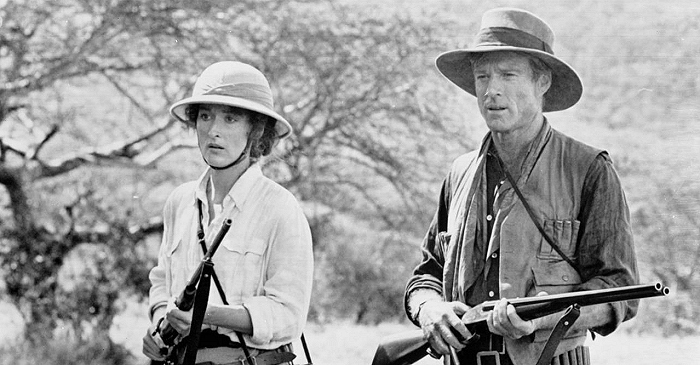|
Simply Streep is your premiere online resource on Meryl Streep's work on film, television and in the theatre - a career that has won her acclaim to be one of the world's greatest living actresses. Created in 1999, Simply Streep has built an extensive collection over the past 25 years to discover Miss Streep's body of work through thousands of photographs, articles and video clips. Enjoy your stay and check back soon.
|
“I had a farm in Africa, at the foot of the Ngong Hills”. This is how Karen Blixen starts “Out of Africa”, her probably most famous novel, first published in 1937. It’s her account on living in – and falling for – Africa for 17 years, written under her well-known pen name Isak Dinesen. The trademark line also opened Sydney Pollack’s 1985 Oscar-winning film of the same name, which introduced Karen Blixen’s life and love story to a new generation of moviegoers and readers.
Isak Dinesen was the pseudonym used by the Danish author Karen Dinesen Blixen-Finecke (1885-1962). Her stories place her among Denmark’s greatest authors. Isak Dinesen was born on April 17, 1885, the daughter of a wealthy landowner, adventurer, and author. In 1914 she went to Africa, married, and bought a coffee plantation. After her divorce in 1921 she managed the plantation alone until economic disaster forced her to return to Denmark in 1931, where she lived the rest of her life on the family estate, Rungstedlund, near Copenhagen. The years in Africa were the happiest of Dinesen’s life, for she felt, from the first, that she belonged there. Had she not been forced to leave, she wrote later, she would not have become an author. In the dark days just before leaving, she began to write down some of the stories she had told to her friends among the colonists and natives. She wrote in English, the language she used in Africa. Her books usually appeared simultaneously in America, England, and Denmark, written in English and then rewritten in Danish.
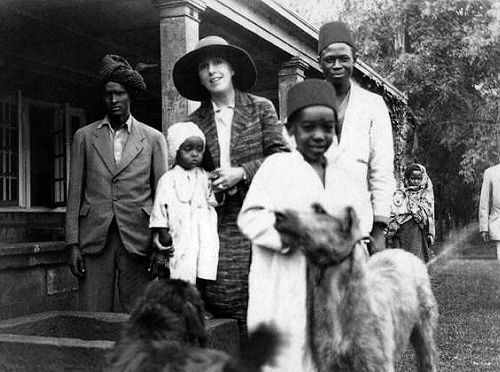

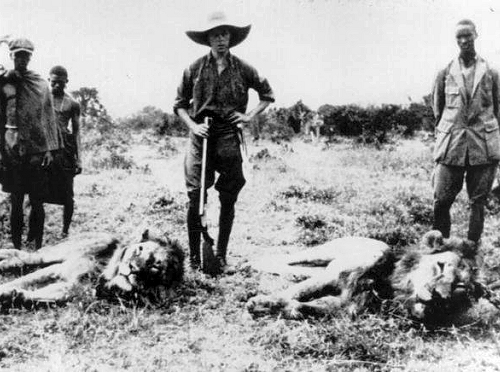
Dinesen’s first collection, Seven Gothic Tales, appeared in America in 1934, where it was a literary sensation, immediately popular with both critics and public. The Danish critical reaction was cool. Danish literature was still dominated by naturalism, as it had been for the past 60 years, and her work was a reaction against this sober, realistic fiction of analysis. Dinesen’s second book, Out of Africa (1937), a brilliant recreation of her African years, was a critical and popular success wherever it appeared. Although it has little in common, stylistically and formally, with her stories, it describes the experiences which formed her views about life and art. The third central work in her authorship, Winter’s Tales, appeared in 1942. A characteristic of Dinesen’s works is the sense that the reader is listening to a storyteller. She wanted to revive in her “listeners” the primitive love of mystery that she found in her African audience, which she felt was like the audiences that listened to Homer, the Old Testament stories, the Arabian Nights, and the sagas. She attempted to reawaken the sense of myth and, with myth, the sense of man’s tragic grandeur, which she felt had been lost.
Fifteen years after Winter’s Tales, Dinesen published Last Tales (1957), containing some of her finest stories. This volume includes “The Cardinal’s First Tale,” an excellent defense of her art and a critique of naturalism. In 1958 appeared Anecdotes of Destiny. Her last book, Shadows on the Grass (1961), is a pendant to Out of Africa. Dinesen was the first Danish author to achieve world fame since Hans Christian Andersen and Søren Kierkegaard. Her influence on Danish literature was especially strong in the 1950s when, through her stories and personal contact, she was an inspiration to younger authors searching for new means of expression. She died on September 6, 1962.
Sydney Pollack based his epic 1985 film “Out of Africa” on Karen Blixen, from Judith Thurman’s book “Isak Dinesen: The Life of a Story Teller”. While Meryl Streep didn’t speak much about the real-life Karen Blixen while promoting the film, she gave some insight into the script in an interview with Wendy Wasserstein in 1988: “I thought it was a great script, but there was this one line that I thought was just preposterous, and I didn’t know how I was going to get it out. I didn’t want to say it. I didn’t mind being proprietary about “my” Africans, or Karen Blixen’s other sort of grande-dame pretensions; but when Dennis suggests taking their young friend along on one of his flights and she rises up from her chair and syas, “I won’t allow it, Dennis,” I though it sounded like a mother admonishing her child, which did not reflect their relationship at all. It felt like a little vehicle, like a car that he could get into and slam the door and peel out in. Without that line, did he have enough reason to storm out of her life in a big huff? I though this was a really good argument. When we came to do the scene, I said, “All right, you know, I’m a good sport, I’ll say it, and I’ll try to make it work, but it won’t.” And, of course, when we played it, it was the easiest and freest thing she said in the scene, because all the reason had been used up; there was nothing left to argue with but her desperation, and it was so preposterous and pathetic that it was right. It was a key to the woman. I hate it when they’re right.”
Isak Dinesen: Life of a Storyteller by Judith Thurman (1995)
Out of Africa by Karen Blixen (1937)







